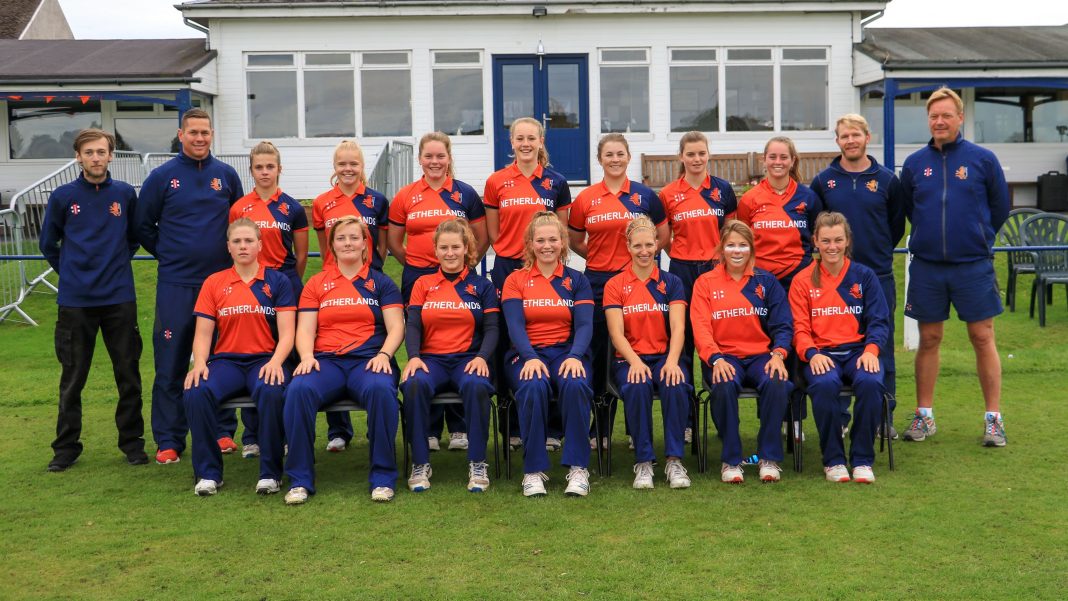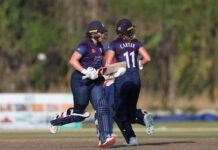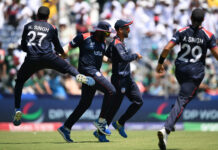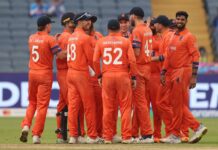The development of women’s cricket in the Netherlands took a significant step forward this week with the advertising of the post of national Head Coach for Women and the Lionesses, the girls’ youth programme.
The women’s game has long been the Cinderella of Dutch cricket at club and to some degree at national level, and this is the first time that the women’s coaching position has been given this degree of prominence.
Local coaches have been appointed in the past, often on an ad hoc basis for specific tournaments, although for the past four years Sean Trouw has been responsible both for the coaching of the national women’s side and for the development of the Lionesses programme, first established more than a decade ago.
Trouw announced in June that he would be leaving at the end of the year, and with two major qualification tournaments, for the T20 and 50-over World Cups, on the horizon, the Board has decided to give the post a higher profile with an open recruitment process.
The Bond is looking for a coach with at least a Level 3 qualification, someone with experience in both elite and talent development. The appointee will be coaching all national women’s teams, senior and junior, and will supervise and develop the existing group of coaches which has been established during Trouw’s tenure.
The wording of the advertisement leaves no doubt that the successful applicant will be expected to play a full part in the KNCB’s High Performance programmes, reporting through High Performance Manager Roland Lefebvre on the individual and collective progress of his/her players and also working with club coaches to identify and develop talented female players.
It is to be hoped that this appointment, applications for which close on 13 November, will raise the profile of women’ cricket in the Netherlands, where only eight of the KNCB’s 40 member clubs fielded a side in this season’s women’s competitions and where the recommendations of a review in 2014 remain largely unimplemented.
The domestic women’s game has declined significantly since its peak in the 1980s – there were 35 teams from 26 clubs in 1985, compared with the eight today – although the number of girls taking part in the youth competition and the Lionesses programme suggests that where the clubs invest greater effort in this area there is potential for genuine growth in the talent pool.
As both ICC Full Members and many of the Associates place ever-greater emphasis on the development of women’s cricket, the Netherlands must work harder just to retain its current 21st ranking in Women’s T20Is, a position which the new Head Coach will undoubtedly aim to improve.
You’re reading Emerging Cricket — brought to you by a passionate group of volunteers with a vision for cricket to be a truly global sport, and a mission to inspire passion to grow the game.
Be sure to check out our homepage for all the latest news, please subscribe for regular updates, and follow EC on Twitter, Facebook, LinkedIn and YouTube.
Don’t know where to start? Check out our features list, country profiles, and subscribe to our podcast.
Support us from US$2 a month — and get exclusive benefits, by becoming an EC Patron.







